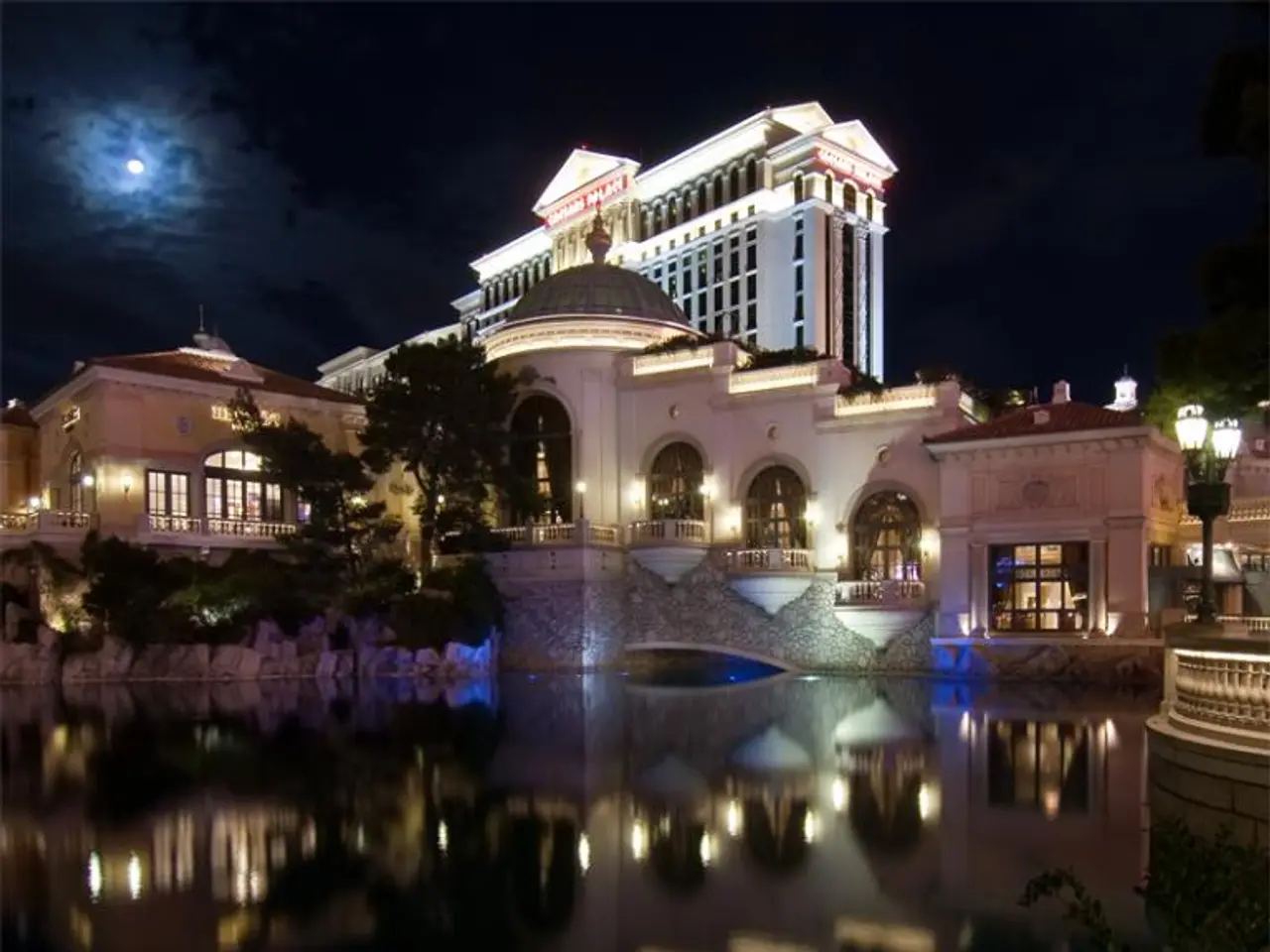Moon explorer Blue Ghost captures perplexing lunar luminescence.
A New Perspective on the Lunar Horizon Glow: Insights from the Blue Ghost Moon Probe
The Blue Ghost Moon probe, launched by the private company Firefly, has provided a fresh look at a long-studied lunar phenomenon – the Lunar Horizon Glow. This private probe made history by becoming the first to successfully land on the Moon and capture high-resolution images of the Moon's surface, including the elusive Lunar Horizon Glow.
First observed by astronaut Eugene Cernan during the Apollo 17 mission in 1972, the Lunar Horizon Glow is a crescent-shaped light that appears along the Moon's horizon and faint rays reminiscent of Earth's twilight rays. However, unlike Earth, the Moon has no atmosphere or clouds to scatter light, making the existence of this glow a mystery.
The Lunar Horizon Glow is caused primarily by the scattering of sunlight by electrostatically charged lunar dust particles suspended above the surface. This glow is related to Moon dust because the lunar dust particles—microscopic, fine, and charged—are what scatter sunlight and create the visible glow near the horizon when seen from surface or orbital perspectives. The dust becomes levitated due to the interaction of the lunar surface with solar UV radiation and the solar wind, which charges dust particles and allows them to be lofted slightly above the surface despite the Moon's weak gravity.
Scientists have been studying the Lunar Horizon Glow for over 50 years, but only recently have they obtained high-resolution images of it. The Blue Ghost Moon probe's images and data will be analyzed in detail to learn about the Moon's surface, energy flows, heat distribution, and the origin of the Moon. The probe is equipped with ten scientific instruments, including a drill that can bore up to 3 meters deep into lunar dust.
However, the probe's mission may be short-lived. During the lunar night, temperatures can drop to as low as -180°C, making it unlikely that the probe will survive. There is only a small chance that the probe will make contact again after sunrise, meaning these are the last images we will see from the Moon for the time being.
The Blue Ghost Moon probe's mission underscores the importance of private companies in space exploration. As the space industry continues to evolve, we can expect to see more private probes exploring the Moon and other celestial bodies, shedding light on the mysteries that still surround our neighbouring world.
Space-and-astronomy and technology are crucial in understanding the Lunar Horizon Glow, a mysterious phenomenon observed on the Moon for over 50 years. The Blue Ghost Moon probe, a testament to scientific advancements, equipped with ten scientific instruments and a drill, will analyze its images and data to delve deeper into the Moon's surface, energy flows, heat distribution, and the origin of the Lunar Horizon Glow, revealing insights that could advance our knowledge of the Moon and space-and-astronomy.




